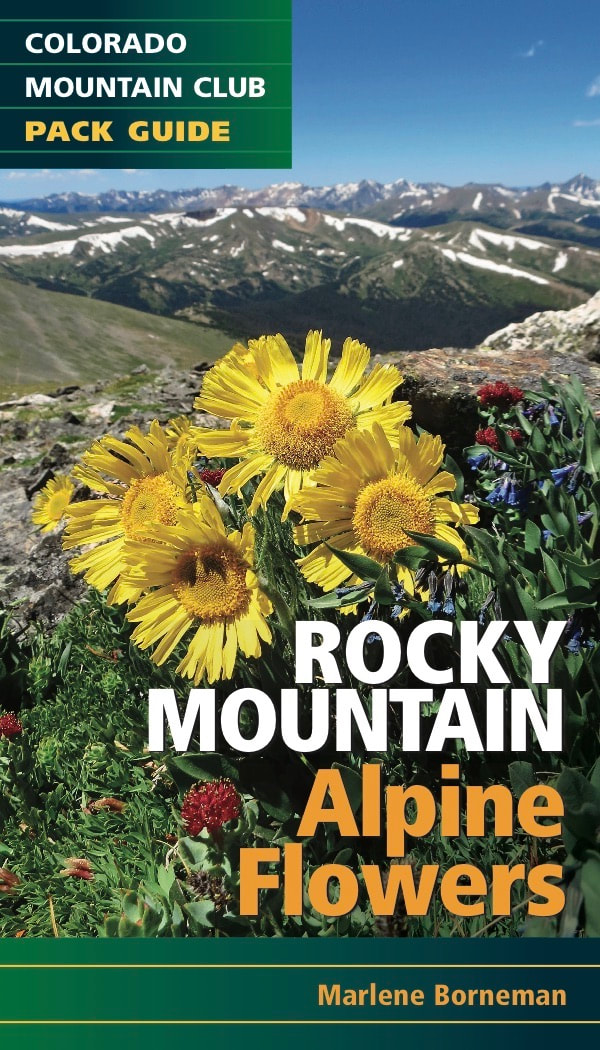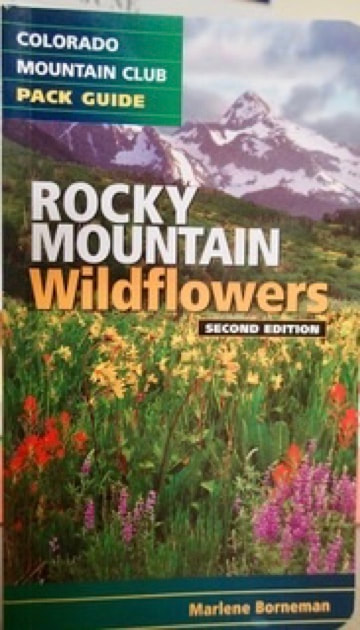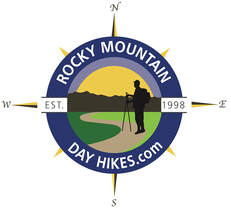|
Notes from the
Trail |
|
by Marlene Borneman One of my favorite quotes: Where flowers bloom, so does hope. -Lady Bird Johnson In this time of uncertainty, I need something reliable and upbeat to look forward to in the near future. My husband and I have cancelled our spring trips to California and Arizona. So, I decided to focus on getting out and searching for early budding native plants. Thoughts of blooming wildflowers bestow on my soul an absolute sense of peace and joy. Vivid memories of past wildflower seasons energize me while providing some normalcy to my “new” routine. In this stay-at-home environment we find ourselves in, I’m getting out my notes jogging my memory about what will be blooming when and where in the coming weeks in and near RMNP. Our native wildflowers will come up no matter what and not disappoint. I remind myself that native plants are resourceful, resilient, hardy and persistent.
You will be so prepared for summer with the hope of exploring in Rocky once again. For now, I’m good with searching for those first flowers of the season wherever I can. Here are a few common spring wildflowers you can start looking for now through June.
The Stemless Easter Daisies ( T. exscapa) have larger flowers and lack the mass of hairy tufts on the bracts. The bright white flowers are easy to spot on sunny hillsides. I find it satisfying to identify a plant with confidence. Be inspired to use this time for learning Colorado native wildflowers and get out where you can in search of promising displays of native plants. Remember, we live in a mind-blowing part of the world. Take pleasure in Colorado’s sunshine, experience the challenge of botanizing all while exercising your mind and body. Please keep in mind you don’t have to be a botanist to use botany. Don’t forget your camera, hand lens and wildflower guidebooks on your explorations. You can purchase these outstanding Wildflower Identification guidebook from: Rocky Mountain Conservancy, click here. Colorado Mountain Club, click here.
0 Comments
Leave a Reply. |
"The wild requires that we learn the terrain, nod to all the plants and animals and birds, ford the streams and cross the ridges, and tell a good story when we get back home." ~ Gary Snyder
Categories
All
“Hiking -I don’t like either the word or the thing. People ought to saunter in the mountains - not hike! Do you know the origin of the word ‘saunter?’ It’s a beautiful word. Away back in the Middle Ages people used to go on pilgrimages to the Holy Land, and when people in the villages through which they passed asked where they were going, they would reply, A la sainte terre,’ ‘To the Holy Land.’ And so they became known as sainte-terre-ers or saunterers. Now these mountains are our Holy Land, and we ought to saunter through them reverently, not ‘hike’ through them.” ~ John Muir |
© Copyright 2025 Barefoot Publications, All Rights Reserved









